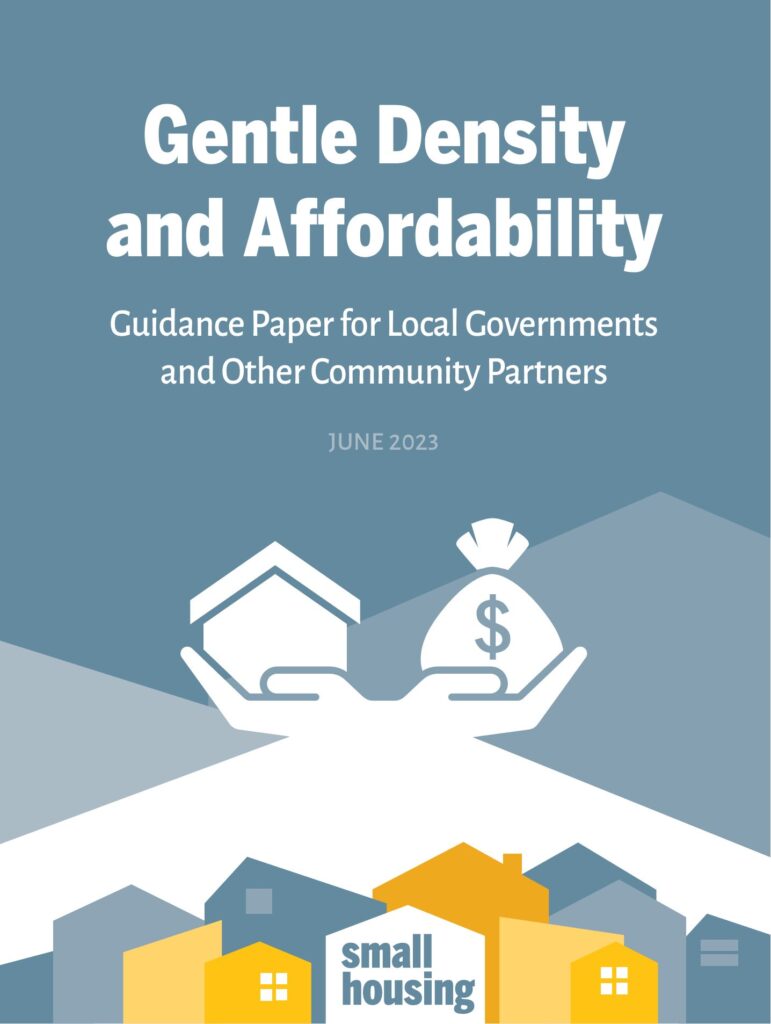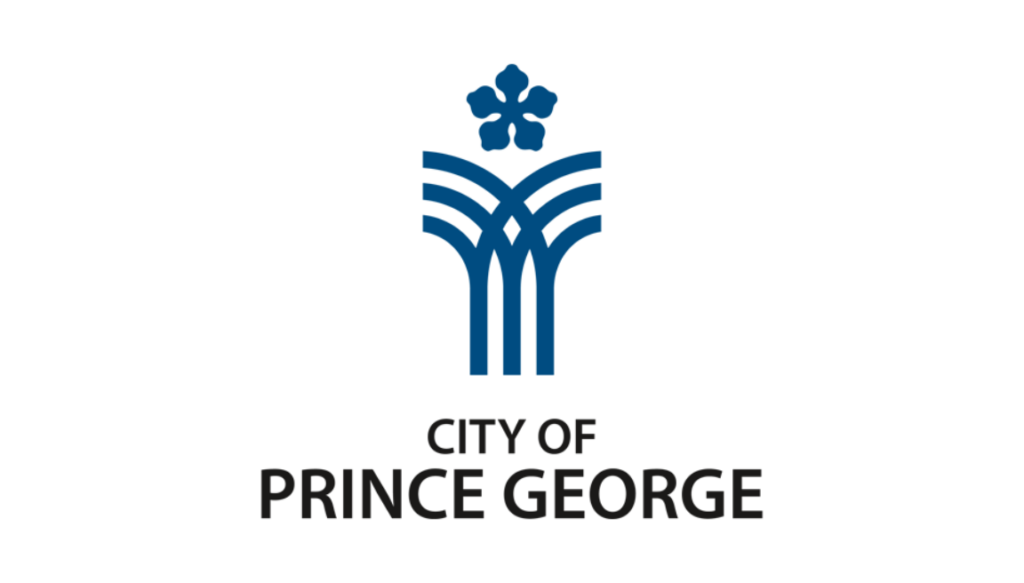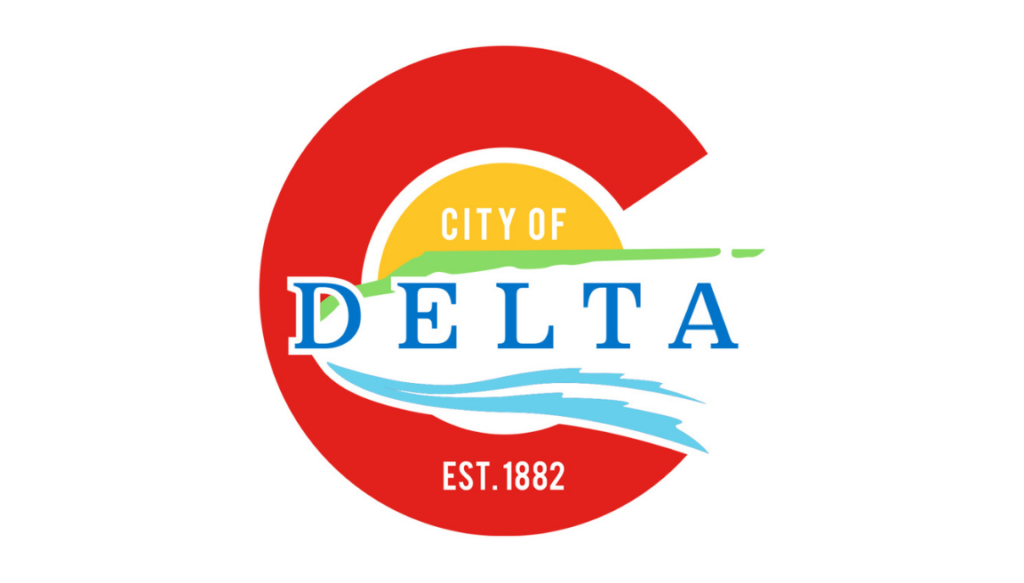Overview of municipal resources pertaining to gentle density and broader planning materials.
Overview of municipal resources pertaining to gentle density and broader planning materials.
Overview of municipal resources pertaining to gentle density and broader planning materials.
Overview of municipal resources pertaining to gentle density and broader planning materials.

- City of North Vancouver Coach House, includes Development Permit Guidelines
- City of North Vancouver Secondary Suites, includes Permit Checklist
- “City of North Vancouver Development Cost Charges (includes links to Metro Vancouver & Translink)”
- City of North Vancouver Official Community Plan
- City of North Vancouver Zoning Bylaw
- City of North Vancouver Fees and Charges (go to Bylaws page and search Fees and Charges)
Overview of municipal resources pertaining to gentle density and broader planning materials.
Overview of municipal resources pertaining to gentle density and broader planning materials.
Overview of municipal resources pertaining to gentle density and broader planning materials.

- District of Oak Bay Fees and Charges Bylaw
- District of Oak Bay Official Community Plan (2014)
- Comprehensive page for all building-related bylaws (Zoning, Fees & Charges, etc)

This Small Housing Guidance Paper presents recommendations that will assist various actors involved in planning for and financing growth related infrastructure, especially as it relates to new gentle density development.
With Provincial policy set to increase development potential as-of-right in many residential areas, Small Housing – with support from consulting firms Urban Systems and ECONorthwest – convened a roundtable discussion to explore the relationship between gentle density housing types and local infrastructure.
This Guidance Paper presents recommendations that will assist various actors involved in planning for and financing growth related infrastructure, especially as it relates to new gentle density development. It provides background information and identifies challenges and recommendations in seven key areas:
- Development finance tools
- Local government capacity and understanding
- Other order of government funding
- Water and fire protection
- Sewer system capacity
- Stormwater management, and
- Electrification
Key insights:
- The Province may consider a phased implementation of the Homes for People legislation. The first phase may be applied to areas of the community that have known infrastructure sufficiency, access to transit, and are not located in sensitive or hillside areas, until infrastructure impacts are better understood and regulations can be put in place.
- Local governments have expressed a desire to “speak a common language” when it comes to implementing the new legislation. It is recommended that the Province provide guidance for infrastructure and development planning with consistent definitions for communities throughout; including land use definitions, development standards, road standards, etc.
- Throughout the roundtable discussion, it became clear that additional planning and consultation needs to occur between government and other sectors who will be involved in implementing Homes for People.

This Small Housing Guidance Paper identifies existing and emerging tools for local governments to increase the supply of gentle density and enhance its affordability.
This guidance paper brings together insights and perspectives collected through two expert roundtables where participants identified existing and emerging tools for local governments to increase the supply of gentle density and enhance its affordability.
Key insights:
- Gentle density housing is more attainable than single-detached homes due to shared land costs, smaller square footage per unit, and shared building surfaces.
- The local government tools (see below) can make it easier to build this form of housing, and can help to bring down the costs of development. This, in turn, will help to incentivize the production of new supply. As more supply comes online, housing prices cool.
- If local governments stack the tools (and their related cost reductions), they may be able to create sufficient incentives to make the inclusion of below-market units viable within a development.
- There are additional tools that can be leveraged by community partners, such as non-profits, lenders, and other levels of government, that can further support the creation of new and affordable gentle density homes.
Tools for Local Government to support affordability:
- Pre-Approved Plans; Pre-Zoning Allowing for Ownership Tenure: Strata or Freehold; Regulatory Relaxations; Cash-in-Lieu Infrastructure Fund; Limiting Greenfield Development; Parking Reductions; Expedited Project Streams; Delegated Approvals; Certified External Professional Review; Density Bonusing; Reduced Fees; Tax Exemptions
Tools for Non-Profits, Lenders, and Senior Governments to support affordability:
- Create and resource a central knowledge holder; Provide administration support for housing agreements and affordable rentals or ownership; Oversee pre-approved plans; Develop supportive lending products; Create additional services and supports for local governments; Provide greater authority for local governments to enable gentle density; Develop new tools to incentivize gentle density

Key insights:
In the heart of Gitksan Nation’s expansive 33,000 square kilometres in northwest British Columbia lies Anspayaxw, a community committed to its people.
In 2021, Anspayaxw initiated a Rapid Housing Initiative, addressing the critical need for safe and affordable housing for band members, including families and Elders.
As this Small Housing Stories of Practice report outlines, the community’s dedication materialized in the construction of four groundbreaking sixplexes on Soapberry Drive. These 24 new rental units, built between 2022 and 2023, mark a decade since the last multiplex project on Reserve Land. Notably, the development prioritizes accessibility, offering homes tailored to the diverse needs of community members.




